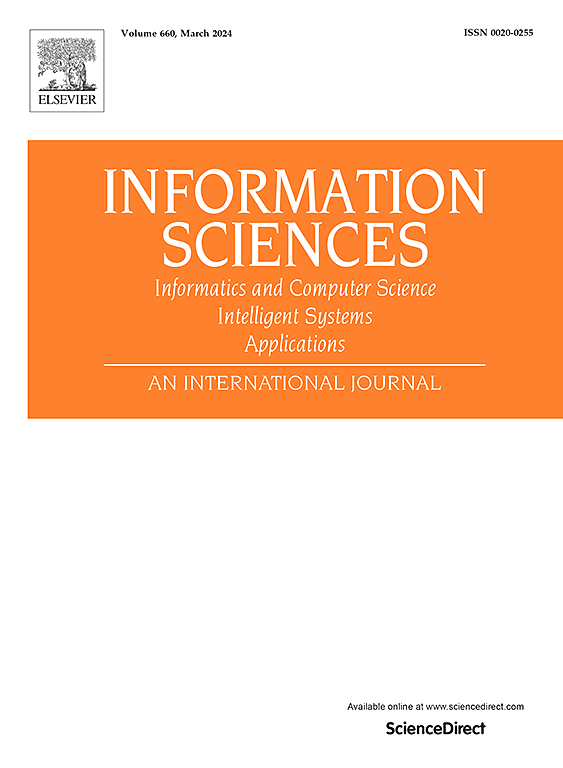基于鲁棒随机配置网络的城市生活垃圾焚烧过程炉温感知模型
IF 6.8
1区 计算机科学
0 COMPUTER SCIENCE, INFORMATION SYSTEMS
引用次数: 0
摘要
针对城市生活垃圾焚烧过程运行数据中不对称异常值导致炉温感知模型精度降低的难题,提出了一种新的城市生活垃圾焚烧过程炉温随机配置网络感知模型。采用具有重尾特征的偏态t分布对固体垃圾焚烧过程运行数据中异常值的先验分布进行建模。随后,采用极大似然估计方法求解炉温感知模型的输出权值。此外,通过期望-条件最大化算法更新输出权值和先验分布位置超参数。对比实验结果表明,本文提出的方法在炉温感知的准确性和对异常值的鲁棒性方面都具有优越性。我们的方法在焚烧过程中的炉温预测和优化控制等关键领域具有重要的应用潜力。本文章由计算机程序翻译,如有差异,请以英文原文为准。
Robust stochastic configuration network based perception model for furnace temperature in municipal solid waste incineration process
Addressing the challenging issue of reduced accuracy in furnace temperature perception models due to asymmetric outliers in operational data of the municipal solid waste incineration process, we propose a novel robust stochastic configuration network perception model for furnace temperature in municipal solid waste incineration processes. A skewed t distribution with the heavy-tailed characteristic is adopted to model the prior distribution of outliers in the operational data of the solid waste incineration process. Subsequently, the maximum likelihood estimation method is employed to solve the output weights of the furnace temperature perception model. Additionally, the output weights and prior distribution position hyperparameters are updated by the expectation-conditional maximization algorithm. Comparative experimental results demonstrate the superiority of our proposed method in terms of both accuracy in furnace temperature perception and robustness against outliers. Our approach holds significant potential for application in critical fields such as furnace temperature prediction and optimal control during the incineration process.
求助全文
通过发布文献求助,成功后即可免费获取论文全文。
去求助
来源期刊

Information Sciences
工程技术-计算机:信息系统
CiteScore
14.00
自引率
17.30%
发文量
1322
审稿时长
10.4 months
期刊介绍:
Informatics and Computer Science Intelligent Systems Applications is an esteemed international journal that focuses on publishing original and creative research findings in the field of information sciences. We also feature a limited number of timely tutorial and surveying contributions.
Our journal aims to cater to a diverse audience, including researchers, developers, managers, strategic planners, graduate students, and anyone interested in staying up-to-date with cutting-edge research in information science, knowledge engineering, and intelligent systems. While readers are expected to share a common interest in information science, they come from varying backgrounds such as engineering, mathematics, statistics, physics, computer science, cell biology, molecular biology, management science, cognitive science, neurobiology, behavioral sciences, and biochemistry.
 求助内容:
求助内容: 应助结果提醒方式:
应助结果提醒方式:


